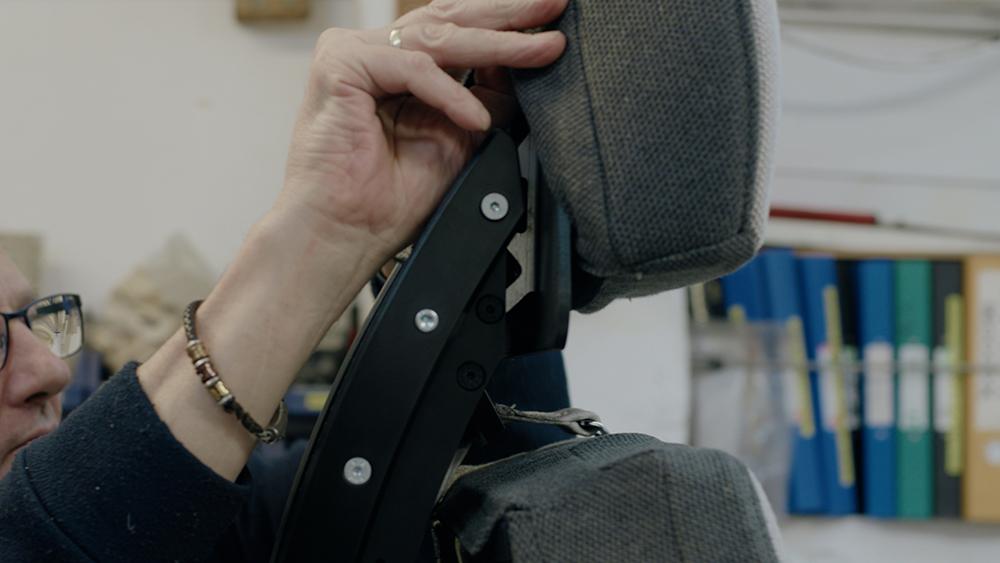
Airlines are increasingly choosing sustainable materials to minimize the carbon footprint of aircraft seat MRO processes. However, experts stress the complexity of the issue, noting that there is no single solution.
Alan McInnes, vice president of business development at Unum Aircraft Seating, says airlines are increasingly integrating sustainability into their selection criteria, but no universal approach exists. He expects that seat manufacturers will opt for multiple approaches to achieve operators’ desired sustainability outcomes, but weight will remain the key factor.
“We think weight remains the single most important factor in any sustainability strategy,” says McInnes, adding that it is the most effective sustainability lever available today.
Airlines are striving to advance sustainability in seat materials, particularly in recycling. For example, mixed-material seats can be challenging to disassemble and recycle efficiently.
Historically, aircraft seating design favored bonding different materials together, says McInnes. While this provided initial structural benefits, it presents a significant challenge at end-of-life, as separating and recycling these mixed materials is highly complex.
“We recognize this issue and are actively addressing it, and our designs intentionally minimize the use of bonded materials where possible, opting instead for fasteners,” he says.
McInnes believes this approach enables easier disassembly and increases the likelihood of successful recycling, as composite materials like carbon polymers pose challenges due to the absence of established recycling methods and infrastructure. Additionally, some materials can be flame retardant and hinder the recycling process.
Another key end-of-life challenge McInnes highlights is identifying specific materials within a seat. “Without proper material identification, recycling becomes difficult,” he says.
Consequently, Unum collaborates with the Green Cabin Alliance (GCA) on a “part-marking” solution designed to address this issue by ensuring components are clearly labeled and linked to the Component Maintenance Manual and the GCA website for proper disposal and recycling guidance. “We are the first seating manufacturer to join the GCA, demonstrating our commitment to sustainable practices by promoting more environmentally friendly materials and a full-life design approach,” says McInnes.
Sustainable materials will not always integrate seamlessly with other parts of the seat or aircraft, necessitating additional adjustments or replacements and potentially increasing complexity, engineering challenges and waste in the supply chain.
McInnes believes it ultimately comes down to design philosophy because every new material must undergo rigorous evaluation to determine its performance characteristics, structural strength, flammability performance, manufacturability, ease of maintenance and recyclability.
“The most effective design strategy is one that not only meets certification requirements but also reduces the overall number of components, thereby lowering weight,” he says.
Many of the current aircraft seating designs and MRO processes are optimized for traditional materials. Some stakeholders question whether the industry is moving fast enough to ensure suppliers meet aviation-grade standards for sustainable materials.
“This is ultimately a question of priorities and choices,” McInnes says. For example, he notes that aluminum has traditionally been used in aircraft seating, but while it is inherently recyclable, its environmental impact depends significantly on its sourcing and production methods.
For plastics, Unum has opted to use a polyvinyl chloride material—a form of plastic that McInnes says meets stringent durability and flammability requirements while also benefiting from an established recycling pathway. “This ensures our seating components meet aviation-grade standards without compromising on sustainability credentials,” he adds.





